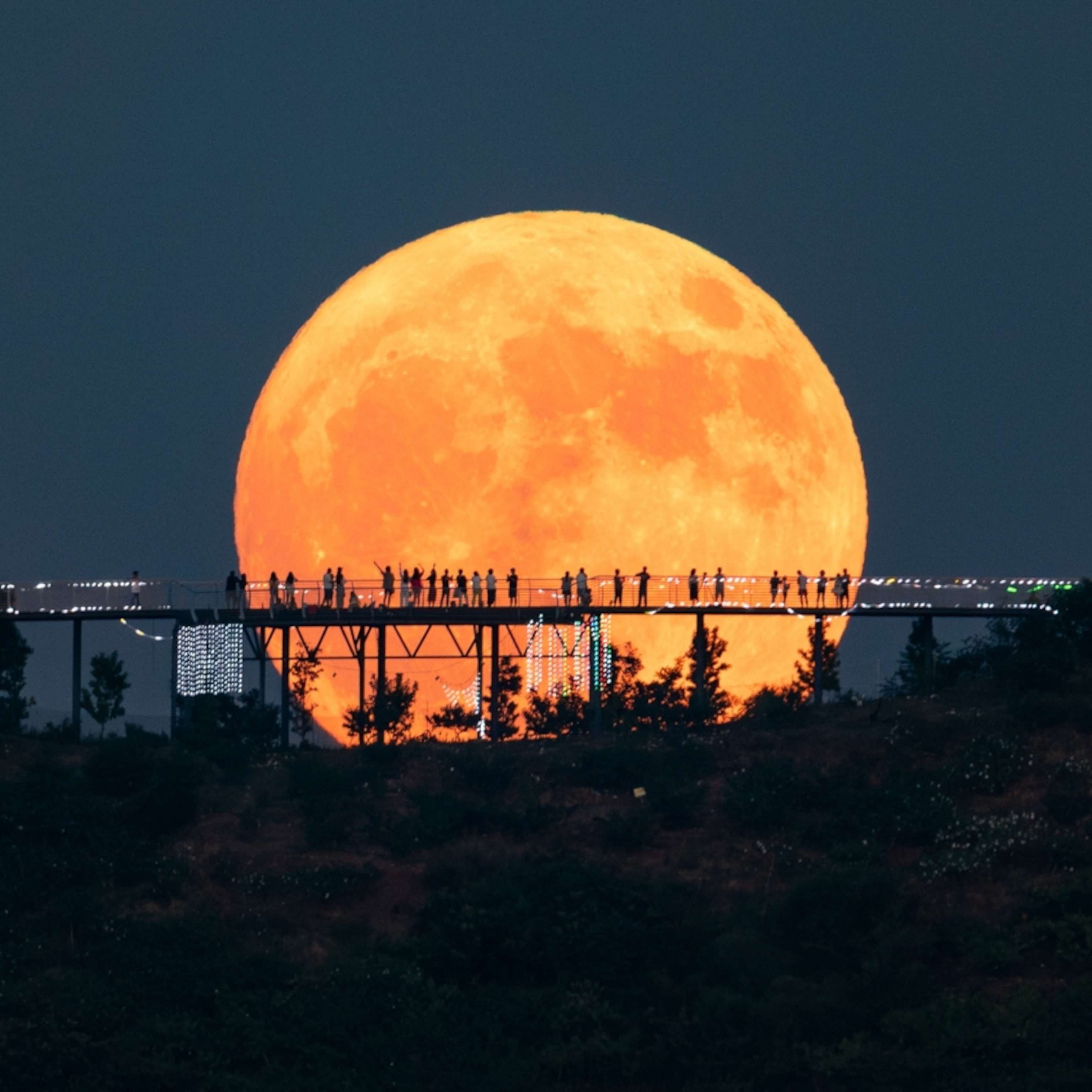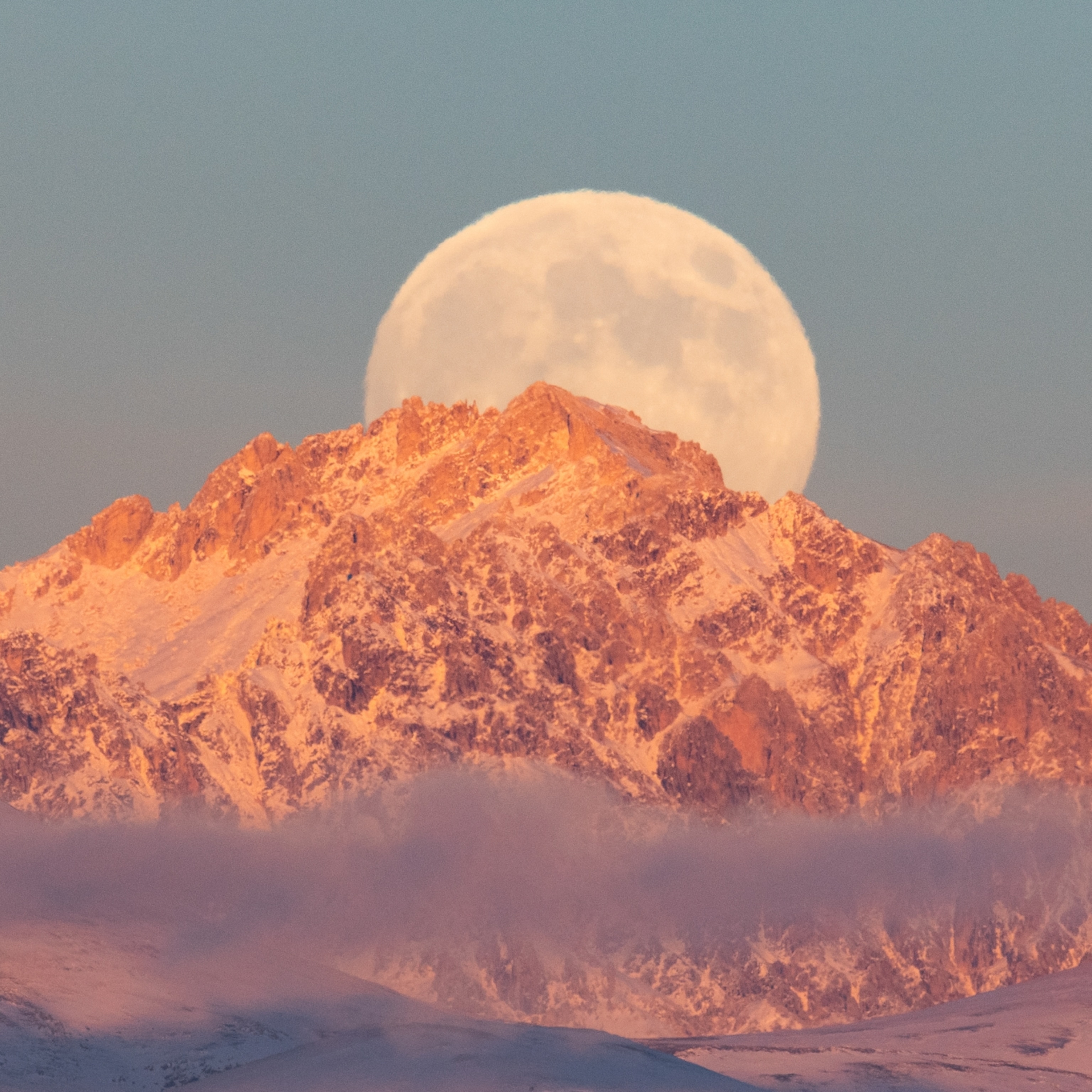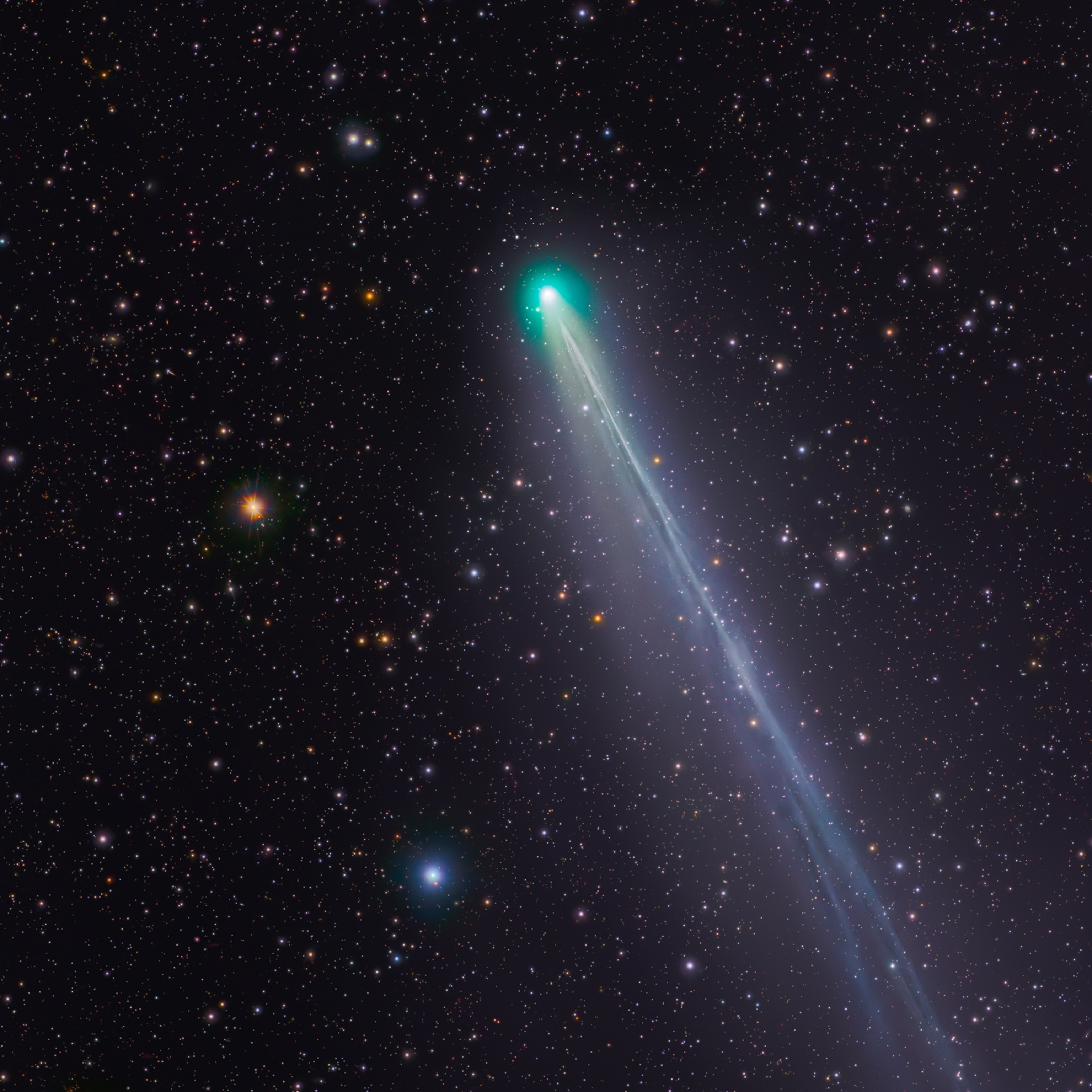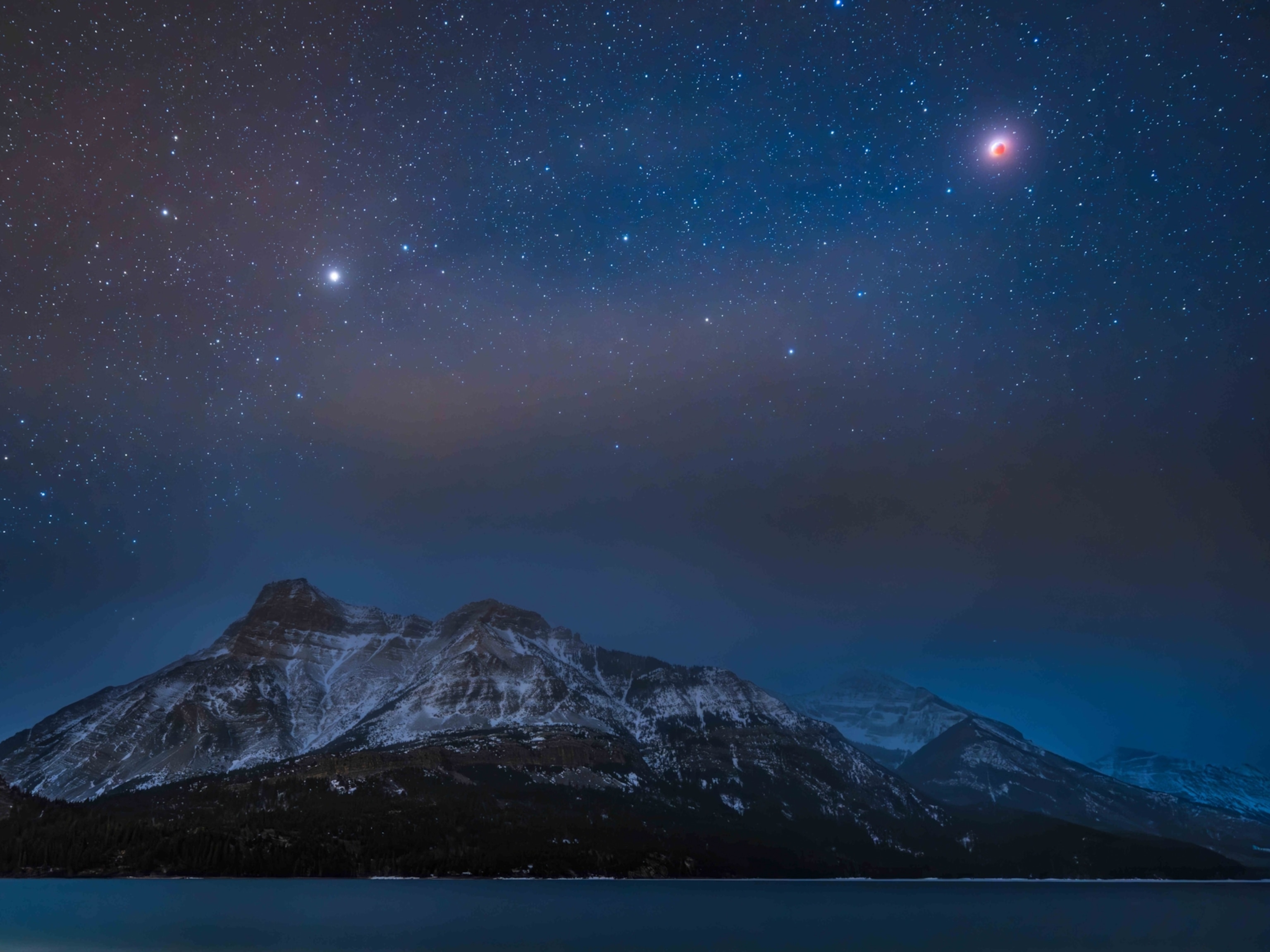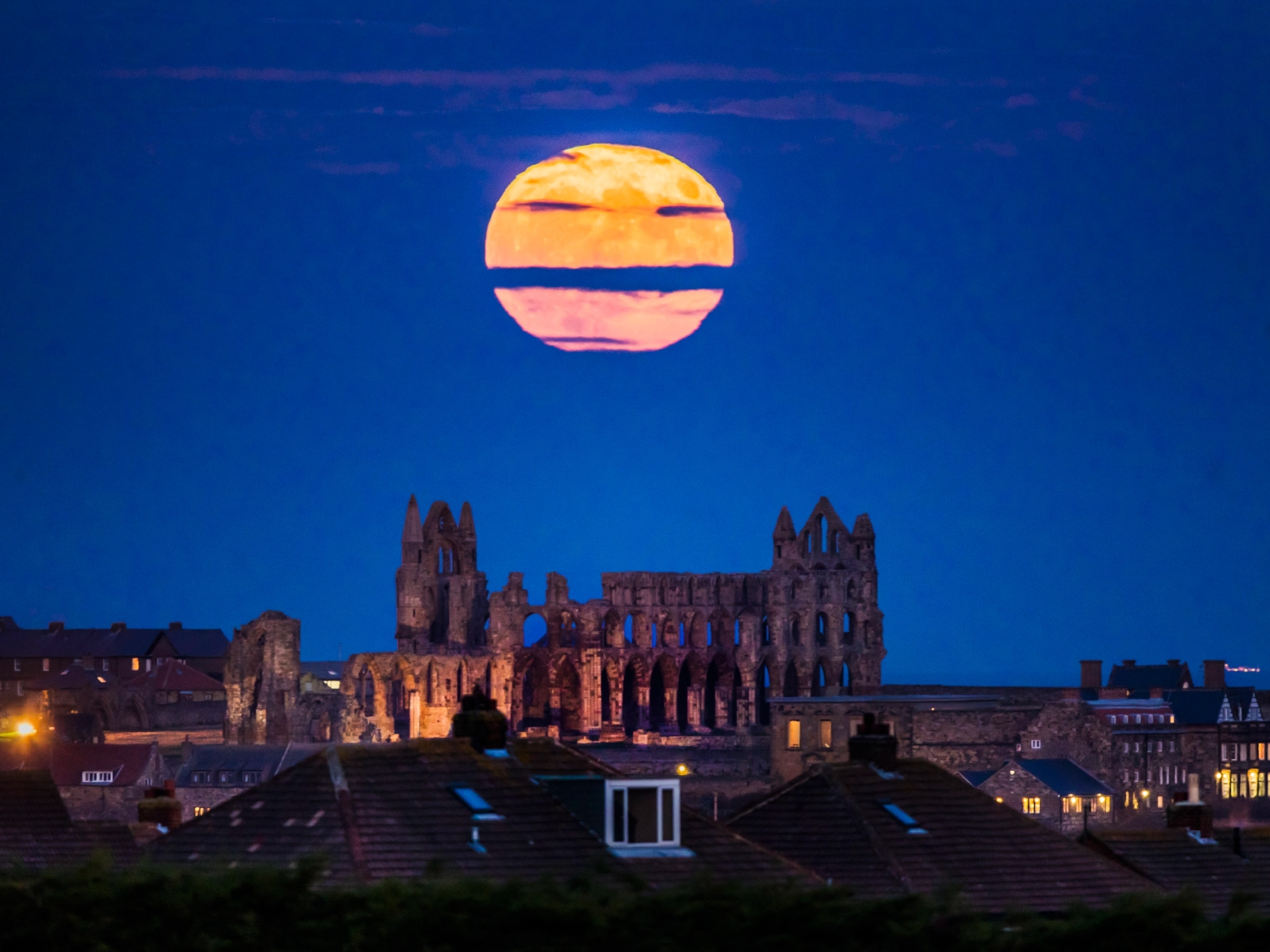How to watch the rare streak of 3 supermoons happening back-to-back
This fall, every full moon will be a supermoon. Here’s how often it happens—and why.
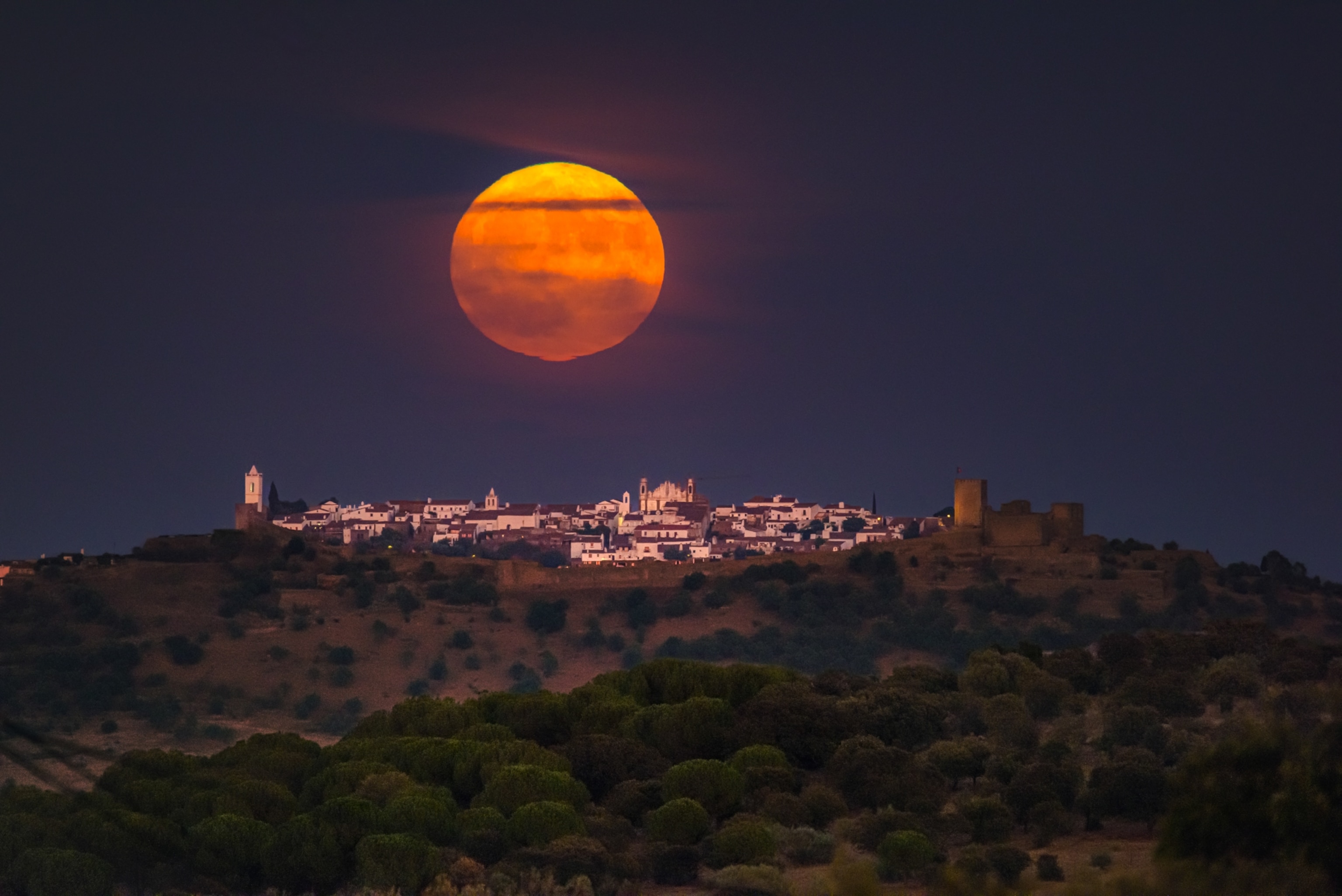
Look up this fall and you’ll notice something unusual: every full moon will appear bigger and brighter than usual. That’s because the last three months of 2025 bring a rare streak of back-to-back supermoons, when the moon’s full phase aligns with the point in its orbit closest to Earth.
On October 6, November 5, and December 4, the “harvest,” “beaver,” and “cold” moons will all rise as supermoons—forming a three-month run that skywatchers rarely get to see. Here’s what you need to know.
What makes a moon “super”?
The moon doesn’t orbit Earth in a perfect circle—it follows a stretched, egg-shaped path. That means there are times each month when the moon is a little closer to Earth, a point called perigee, and times when it is farther away, at apogee. At perigee, the moon can be about 356,000 kilometers away, while at apogee it can retreat to more than 406,000 kilometers.
(Learn about the eight moon phases.)
When a full moon coincides with the time of perigee, we get a supermoon—a lunar disk that appears slightly larger and shines more brightly than usual. Compared with the farthest full moon, a supermoon can appear up to 14 percent bigger and 30 percent brighter. Against an average full moon, the difference is closer to 7 percent larger and 15 percent brighter. To the naked eye, the change may seem subtle, but side-by-side photos reveal just how striking the effect truly is.
Why 2025 will have three consecutive supermoons
Supermoons aren’t rare—we typically see a few each year. What is unusual is that 2025 will have a streak of three consecutive full moons lining up with perigee. This happens because the timing of perigee slowly drifts relative to the lunar phases, completing a full cycle about every 14 lunar months. Sometimes that cycle means only one full moon is close enough to qualify as “super.” Other times, like in 2025, the alignment is just right to produce a run of three in a row.
The cosmic party continues into 2026 as January 3 will be next year’s first supermoon, which technically means we are about to witness four back-to-back supermoons.
The names behind the moons
For centuries, full moons have carried names that reflect seasonal rhythms, survival strategies, and cultural traditions. Many of the English-language names most familiar today were preserved through sources like the Farmer’s Almanac, which drew on both European and Indigenous naming practices.
The ”harvest moon“ of October takes its name from the final weeks of the agricultural season in the Northern Hemisphere. Before electricity, farmers relied on its extended light—rising close to sunset for several nights in a row—to gather crops late into the evening.
(These are the world’s best stargazing spots.)
November’s ”beaver moon“ was noted by Native American communities as the season when beavers prepared for winter by repairing lodges and building dams. It also marked the time when trappers set out before rivers froze, tying the moon to both animal behavior and human industry.
December’s “cold moon“ signals the arrival of long nights and deep winter across the Northern Hemisphere. Rising during the holiday season, it has long been seen as a beacon against the year’s darkest days.
What will we see in the night sky?
The size difference between an ordinary full moon and a supermoon is subtle, but the effect is most striking at moonrise. As the full moon climbs above the eastern horizon just after sunset, it can appear enormous, not only because it is at perigee, but also thanks to the moon illusion, a quirk of human perception that makes objects near the horizon seem larger than when high overhead. Framing the moon against trees, buildings, or mountains can make the view even more dramatic for both photographers and casual stargazers.
(Here are eight other night sky events to see in October.)
Even the high tides can feel a slight boost from the supermoon, rising a few centimeters higher than normal. Despite sensational claims, there is no evidence linking supermoons to earthquakes, volcanic eruptions, or other disasters. The only hazard for moon gazers is missing the view due to clouds.
How to watch and photograph the supermoons
The best way to enjoy each of these supermoons on its respective date is simple: step outside after sunset and look east. Point your binoculars at the moon and you can sharpen lunar features like craters, mountain ranges, and the dark “seas” of solidified lava. Even a modest backyard telescope can reveal the rugged beauty of the moon’s surface in striking detail.
(How to take stellar photographs of the night sky.)
For those hoping to capture the moment on camera, timing and composition matter. Plan to shoot just as the moon rises, when its golden disk hovers close to landmarks on the horizon. Using a DSLR camera and a telephoto lens of 200 mm or more can frame the moon large against a foreground object, creating the classic “supermoon over the city skyline” effect. Wide-angle shots with your smartphone, meanwhile, can show the moon rising over landscapes, bathed in dramatic twilight hues.
While the moon may only be a little closer than usual, the wonder it inspires is always super.

